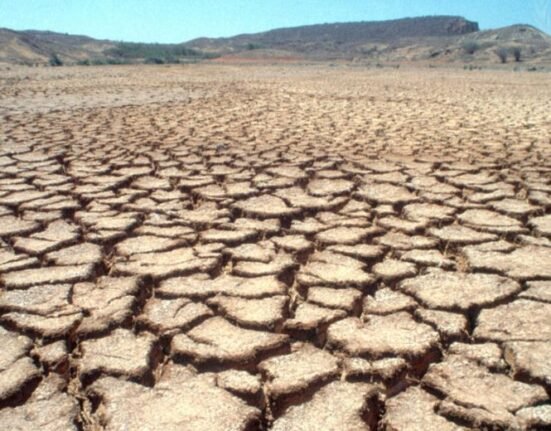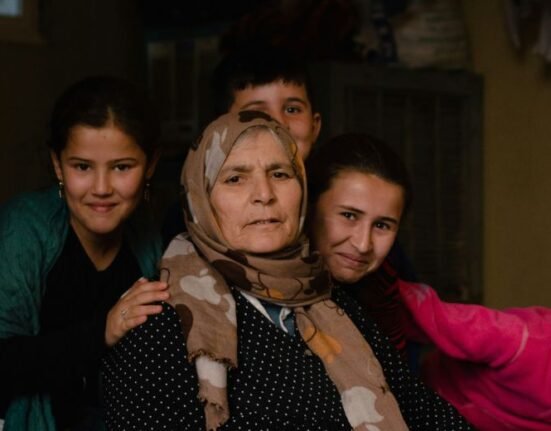HQ Team
July 10, 2023: The world’s tropics lost 4.1 million hectares of forests, the equivalent of 11 soccer fields, every minute in 2022, according to the World Resources Institute.
The Tropicals, the geographical regions between the Tropics of Cancer and Capricorn, are one of the geographical zones experiencing the impacts of climate change most severely, and sensitive to increasing temperatures and unpredictable weather.
Tropical forests play an important role in global climate change, providing the essential service of carbon sequestration, storing approximately 25% of the world’s carbon.
The rate of deforestation within tropical nations is severe.
Deforestation and land use change in the tropics contribute to global warming up to 20% of global carbon emissions, according to the Intergovernmental Panel on Climate Change, a UN body.
The tropics lost 10% more primary rainforest in 2022 than in 2021, according to new data from the University of Maryland and available on the World Resources Institute’s Global Forest Watch platform.
India’s yearly fossil fuel emissions
The loss produced 2.7 gigatonnes of carbon dioxide emissions, equivalent to India’s annual fossil fuel emissions.
This increased forest loss comes in the first year after heads of 145 countries vowed in the Glasgow Leaders’ Declaration on Forests and Land Use to halt and reverse forest loss by the end of the decade.
According to the World Resources Institute, a global research non-profit organization, instead of consistent declines in primary forest loss to meet that goal, the trend is moving in the wrong direction.
Humanity is not on track to meet major forest-related commitments, according to Targets Tracker.
While primary forest loss ticked up in the two countries with the most tropical forest, Brazil and the Democratic Republic of the Congo, it rapidly increased in other nations like Ghana and Bolivia.
Indonesia and Malaysia have managed to keep rates of primary forest loss near record-low levels.
Mitigate climate change
Forests are critical ecosystems for fighting climate change, supporting livelihoods, and protecting biodiversity. Reducing deforestation is one of the most cost-effective land-based measures to mitigate climate change.
Forests are both a source and a sink for carbon, removing carbon dioxide from the air when standing or regrowing and emitting it when cleared or degraded.
About 1.6 billion people, including nearly 70 million indigenous people, rely on forest resources for their livelihoods.
Deforestation, especially in the tropics, also impacts local temperatures and rainfall in ways that can compound the local effects of global climate change, with consequences for human health and agricultural productivity.
Forests harbor the most biodiversity of any ecosystem on Earth. The Global Biodiversity Framework adopted in 2022 emphasizes the need to halt and reverse the loss of natural ecosystems, including forests.
Permanent removal
Global Forest Watch primarily focuses on loss in the tropics because that is where more than 96% of deforestation, or human-caused, permanent removal of forest cover occurs.
In Brazil, the rate of primary forest loss increased by 15% from 2021 to 2022, with the vast majority of primary forest loss happening in the Amazon. Non-fire-related losses, which in the Brazilian Amazon are most often due to clear-cut deforestation, reached the highest level since 2005.
This high rate of primary forest loss occurred during the last year of Brazil President Jair Bolsonaro’s administration.
Forest loss in Brazil decreased dramatically in the early 2000s under President Luiz Inácio Lula da Silva (Lula).
Recent increases have coincided with the Bolsonaro administration’s eroding of environmental protections, gutting of enforcement agencies, attempted granting of amnesty for illegal deforestation and attempted weakening of Indigenous rights.
The re-election of President Lula, sworn in on January 1, 2023, may reverse that trend.
Brazilian woes
Brazil remains the country with the most tropical primary forest loss by far — in 2022 it accounted for 43% of the global total.
Its 1.8 million hectares of primary forest loss resulted in 1.2 Gt of carbon dioxide emissions or 2.5 times Brazil’s annual fossil fuel emissions. In addition to carbon impacts, forest loss in the Amazon impacts regional rainfall and may eventually lead to a “tipping point” beyond which the majority of the ecosystem will become a savanna.
High rates of primary forest loss continued in the Democratic Republic of the Congo (DRC). The country lost over half a million hectares in 2022 and the rate of loss has continued to increase slightly in recent years.
Ghana experienced the largest percent increase in primary forest loss in recent years.
In 2022, the country lost 18,000 hectares, and while the area of primary forest loss is relatively small, Ghana has little primary forest remaining and experienced the highest proportion of loss of any tropical country in 2022.
Bolivia saw a record-high level of primary forest loss in 2022, with a 32% increase from 2021 levels. For the third year running, Bolivia was third behind only Brazil and the Democratic Republic of the Congo in the area of primary forest loss, surpassing Indonesia despite having less than half the amount of primary forest.
Not sign Glasgow pact
It is also one of the few countries that did not sign on to the Glasgow Leader’s Declaration in 2021.
Total global tree cover loss, which includes loss of primary, secondary, and planted forests, declined by 10% in 2022.
The decrease is a direct result of a decrease in fire-related losses — non-fire losses increased slightly in 2022, by less than 1%.
Russia was the biggest contributor to the decline in tree cover loss, with a 34% decrease between 2021 and 2022. Russia had its highest rate of tree cover loss ever in 2021 due to a record-breaking fire season while the 2022 season was below average.
Forestry is the other main driver of tree cover loss in Russia.








